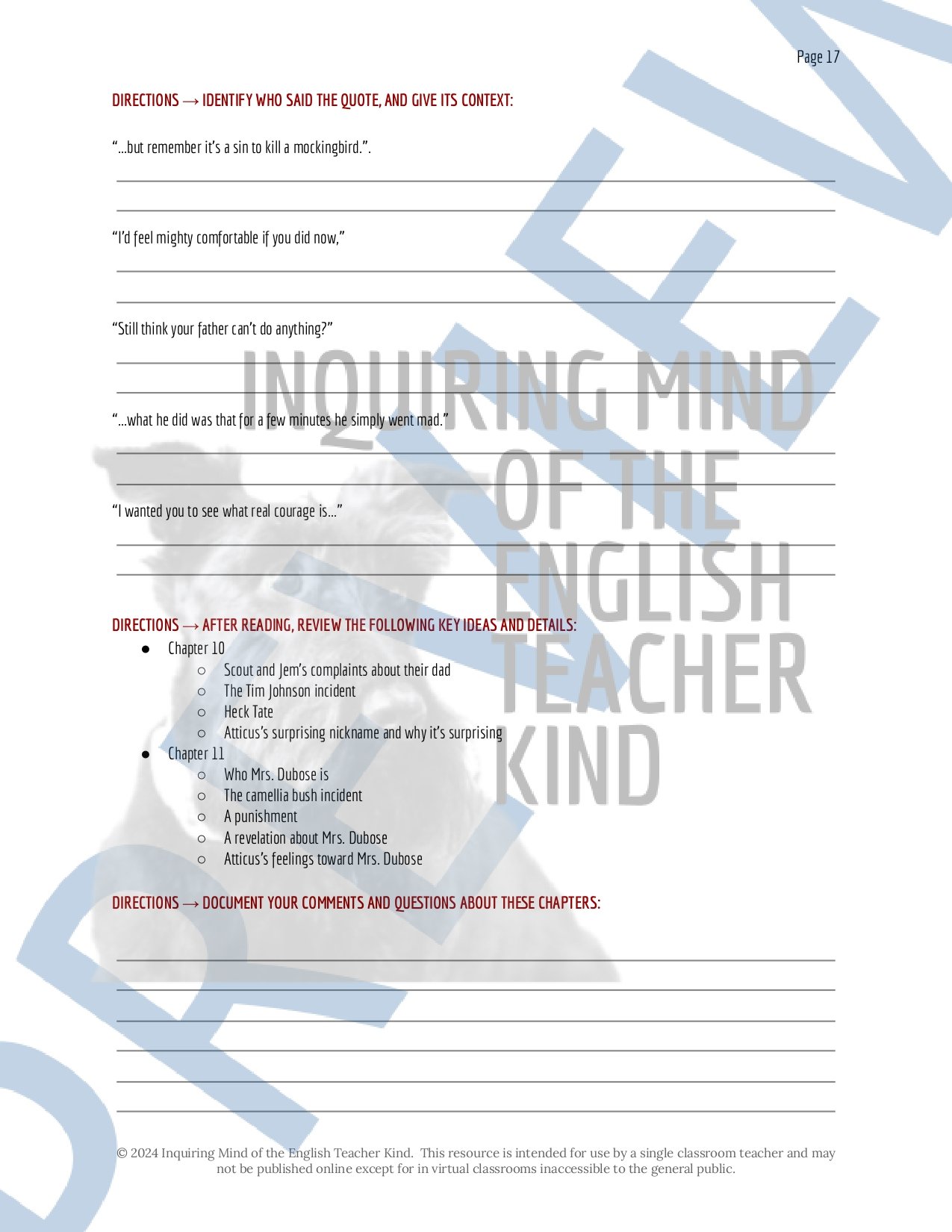 Image 1 of 36
Image 1 of 36

 Image 2 of 36
Image 2 of 36

 Image 3 of 36
Image 3 of 36

 Image 4 of 36
Image 4 of 36

 Image 5 of 36
Image 5 of 36

 Image 6 of 36
Image 6 of 36

 Image 7 of 36
Image 7 of 36

 Image 8 of 36
Image 8 of 36

 Image 9 of 36
Image 9 of 36

 Image 10 of 36
Image 10 of 36

 Image 11 of 36
Image 11 of 36

 Image 12 of 36
Image 12 of 36

 Image 13 of 36
Image 13 of 36

 Image 14 of 36
Image 14 of 36

 Image 15 of 36
Image 15 of 36

 Image 16 of 36
Image 16 of 36

 Image 17 of 36
Image 17 of 36

 Image 18 of 36
Image 18 of 36

 Image 19 of 36
Image 19 of 36

 Image 20 of 36
Image 20 of 36

 Image 21 of 36
Image 21 of 36

 Image 22 of 36
Image 22 of 36

 Image 23 of 36
Image 23 of 36

 Image 24 of 36
Image 24 of 36

 Image 25 of 36
Image 25 of 36

 Image 26 of 36
Image 26 of 36

 Image 27 of 36
Image 27 of 36

 Image 28 of 36
Image 28 of 36

 Image 29 of 36
Image 29 of 36

 Image 30 of 36
Image 30 of 36

 Image 31 of 36
Image 31 of 36

 Image 32 of 36
Image 32 of 36

 Image 33 of 36
Image 33 of 36

 Image 34 of 36
Image 34 of 36

 Image 35 of 36
Image 35 of 36

 Image 36 of 36
Image 36 of 36





































To Kill a Mockingbird Novel Study Guide with Answer Key for High School
Help high school readers discern all the important aspects of To Kill a Mockingbird by Harper Lee with this comprehensive reading guide, which promotes active engagement with literature and supports the development of independent, focused note-taking skills. A detailed answer key is included. Materials are delivered in printable Word Document and PDF formats. (Alternatively, a Google Drive option is available.)
This resource highlights the following:
Character Development. Students will document relevant information about characterization and track character transformations.
Plot. Hundreds of plot-based questions are provided to help students focus on meaningful details from the novel.
Historical Context. Some questions necessitate brief research and/or activation of schema in order to draw similarities between historical events and incidents in the novel.
Meaningful Quotations and Excerpts. Dozens of meaningful quotes are emphasized, requiring students to articulate context and/or significance.
Vocabulary. Dozens of unfamiliar and complex words are identified to maximize students' comprehension of plot and expand readers' vocabulary.
SQ3R Practices. In each section, a list of generalized details (organized by chapter) helps students focus on what to review in the days and weeks following the assigned reading. Additionally, a section for personalized notes is given.
Resources are available for teaching a variety of classic texts:
Help high school readers discern all the important aspects of To Kill a Mockingbird by Harper Lee with this comprehensive reading guide, which promotes active engagement with literature and supports the development of independent, focused note-taking skills. A detailed answer key is included. Materials are delivered in printable Word Document and PDF formats. (Alternatively, a Google Drive option is available.)
This resource highlights the following:
Character Development. Students will document relevant information about characterization and track character transformations.
Plot. Hundreds of plot-based questions are provided to help students focus on meaningful details from the novel.
Historical Context. Some questions necessitate brief research and/or activation of schema in order to draw similarities between historical events and incidents in the novel.
Meaningful Quotations and Excerpts. Dozens of meaningful quotes are emphasized, requiring students to articulate context and/or significance.
Vocabulary. Dozens of unfamiliar and complex words are identified to maximize students' comprehension of plot and expand readers' vocabulary.
SQ3R Practices. In each section, a list of generalized details (organized by chapter) helps students focus on what to review in the days and weeks following the assigned reading. Additionally, a section for personalized notes is given.
Resources are available for teaching a variety of classic texts:
Help high school readers discern all the important aspects of To Kill a Mockingbird by Harper Lee with this comprehensive reading guide, which promotes active engagement with literature and supports the development of independent, focused note-taking skills. A detailed answer key is included. Materials are delivered in printable Word Document and PDF formats. (Alternatively, a Google Drive option is available.)
This resource highlights the following:
Character Development. Students will document relevant information about characterization and track character transformations.
Plot. Hundreds of plot-based questions are provided to help students focus on meaningful details from the novel.
Historical Context. Some questions necessitate brief research and/or activation of schema in order to draw similarities between historical events and incidents in the novel.
Meaningful Quotations and Excerpts. Dozens of meaningful quotes are emphasized, requiring students to articulate context and/or significance.
Vocabulary. Dozens of unfamiliar and complex words are identified to maximize students' comprehension of plot and expand readers' vocabulary.
SQ3R Practices. In each section, a list of generalized details (organized by chapter) helps students focus on what to review in the days and weeks following the assigned reading. Additionally, a section for personalized notes is given.
Resources are available for teaching a variety of classic texts:
Preview this resource:
Help high school readers discern all the important aspects of To Kill a Mockingbird by Harper Lee with this comprehensive reading guide, which promotes active engagement with literature and supports the development of independent, focused note-taking skills. A detailed answer key is included.
